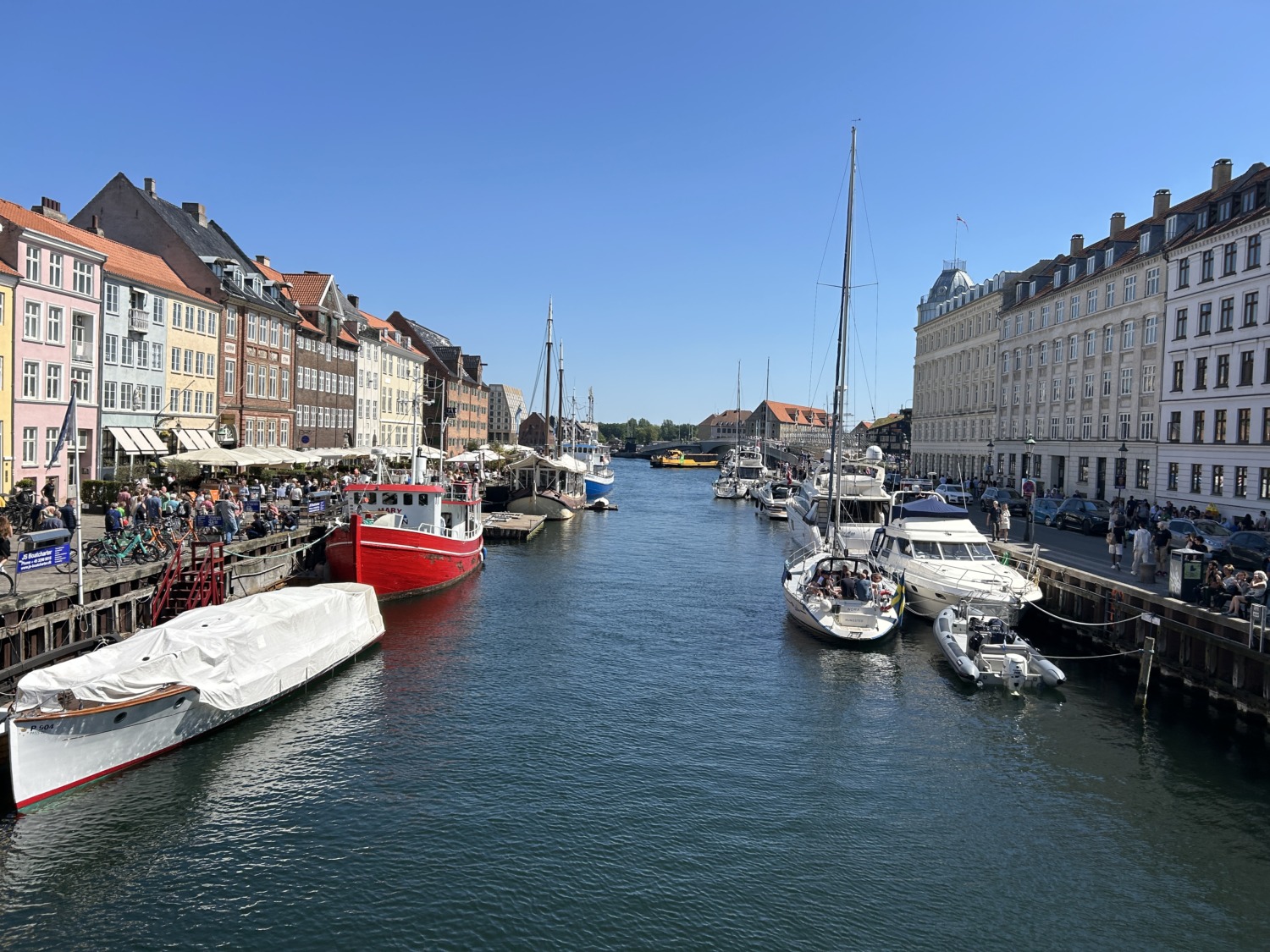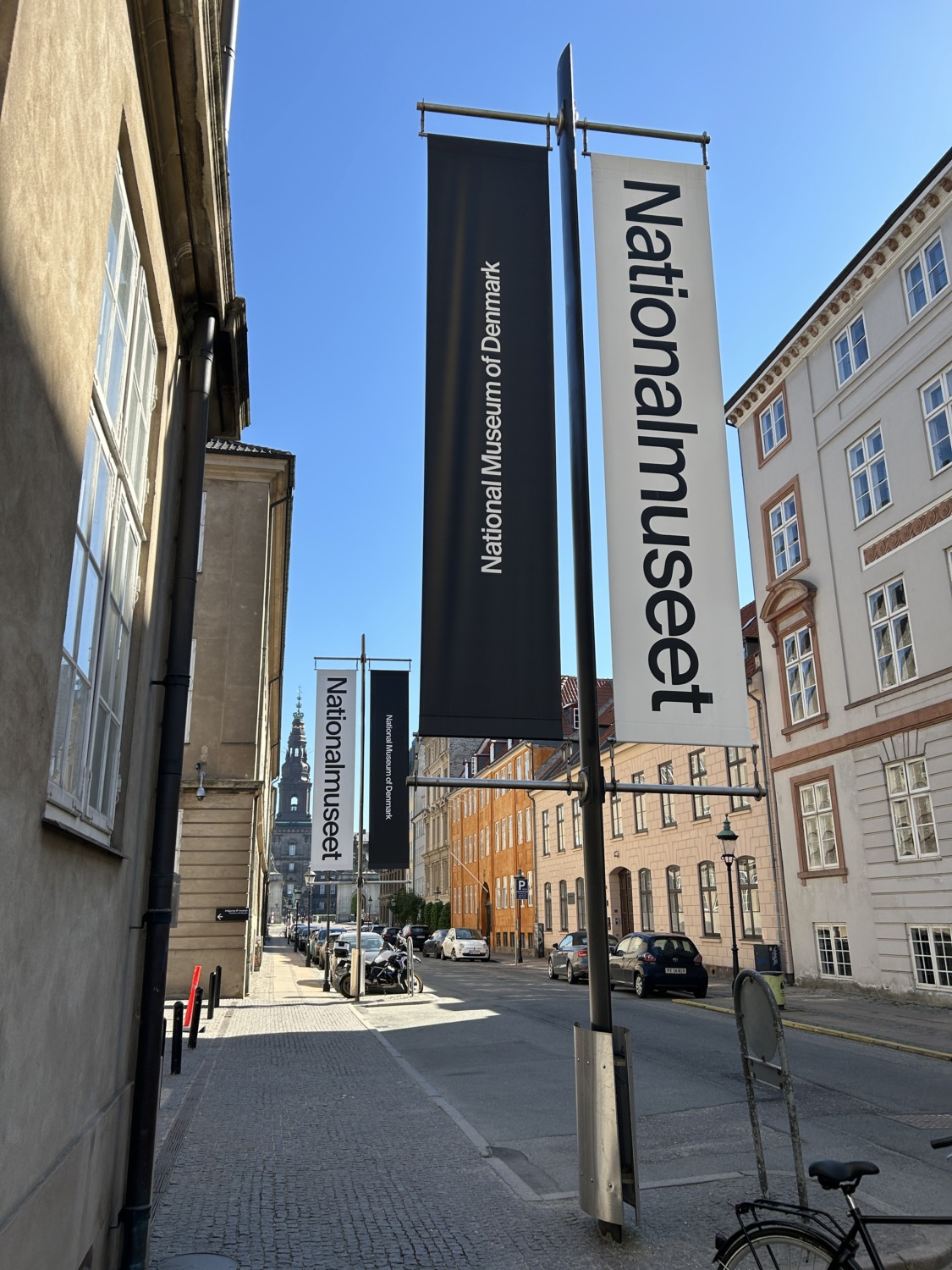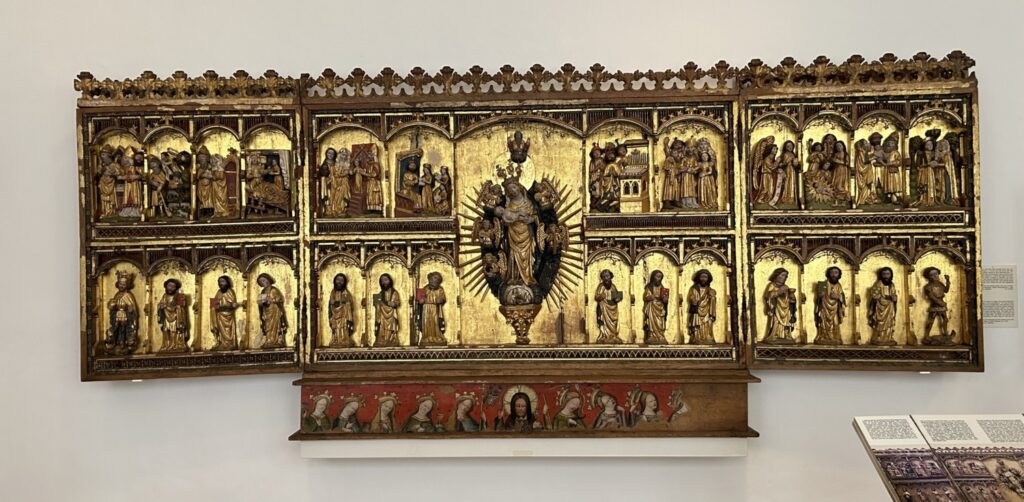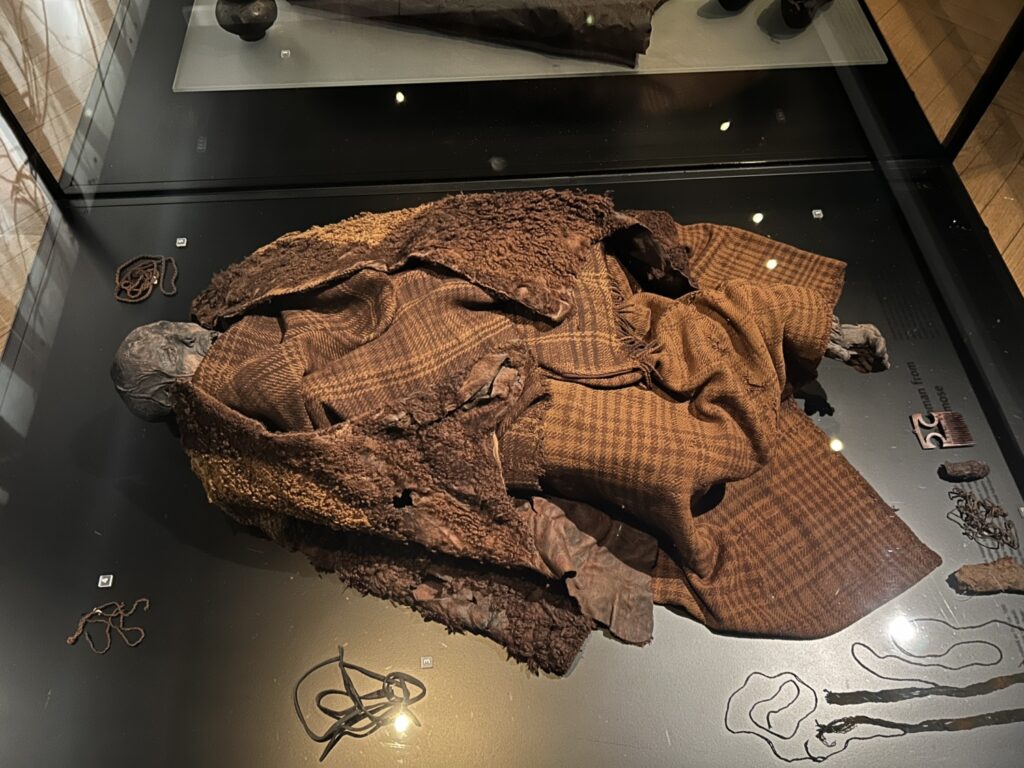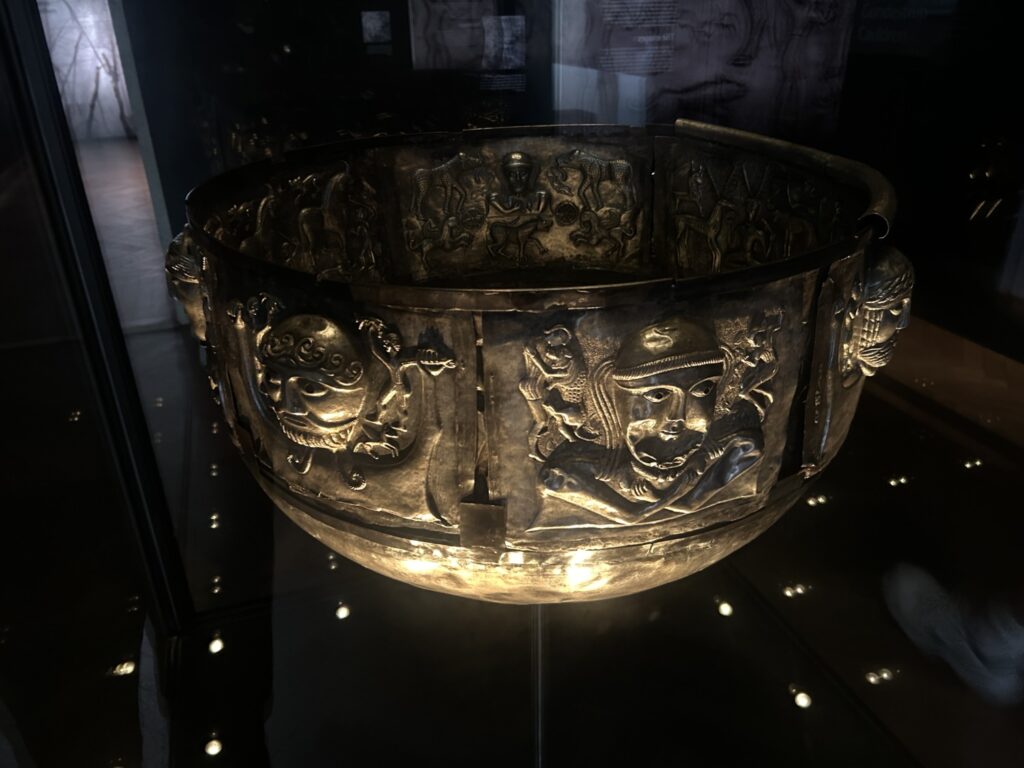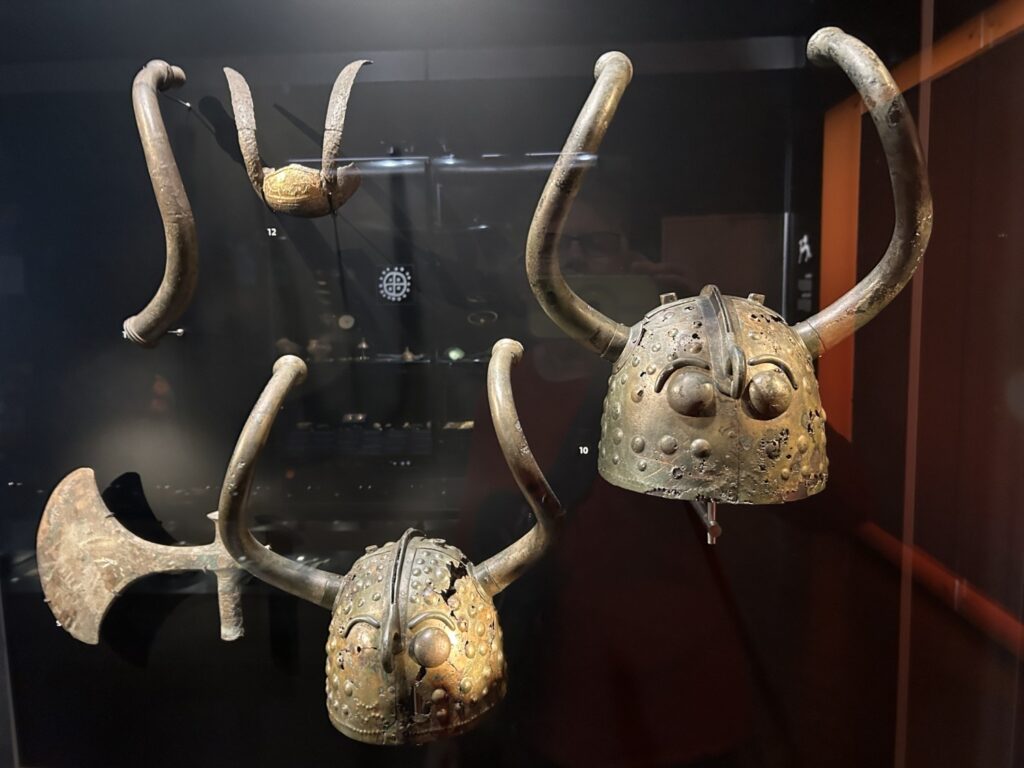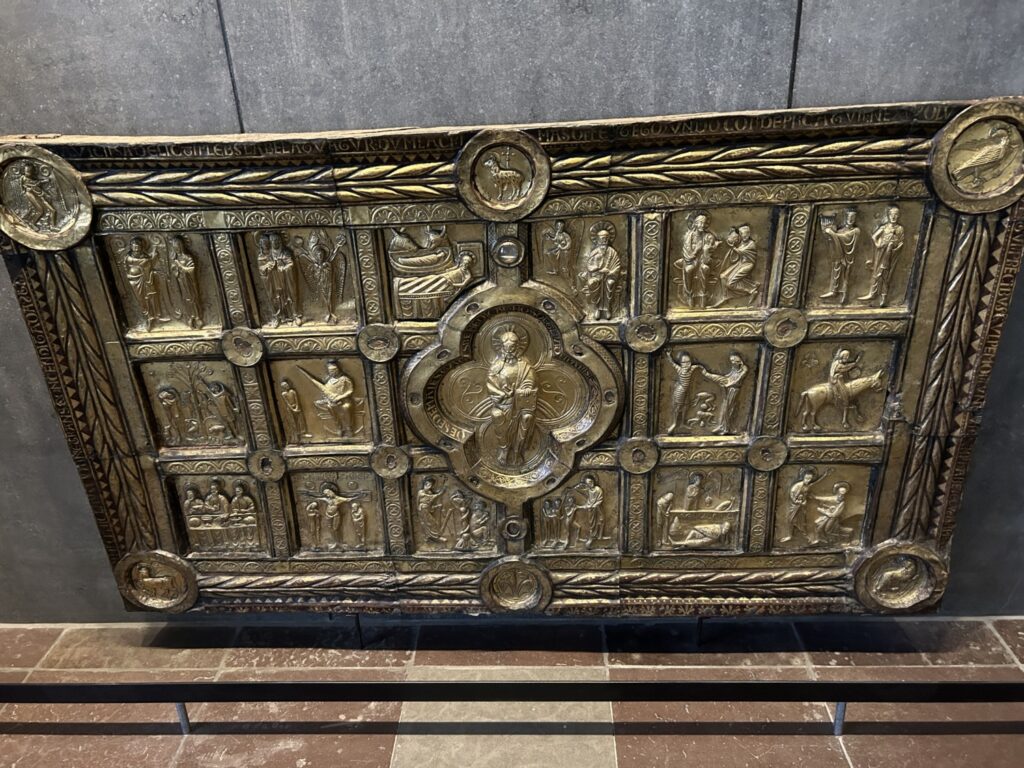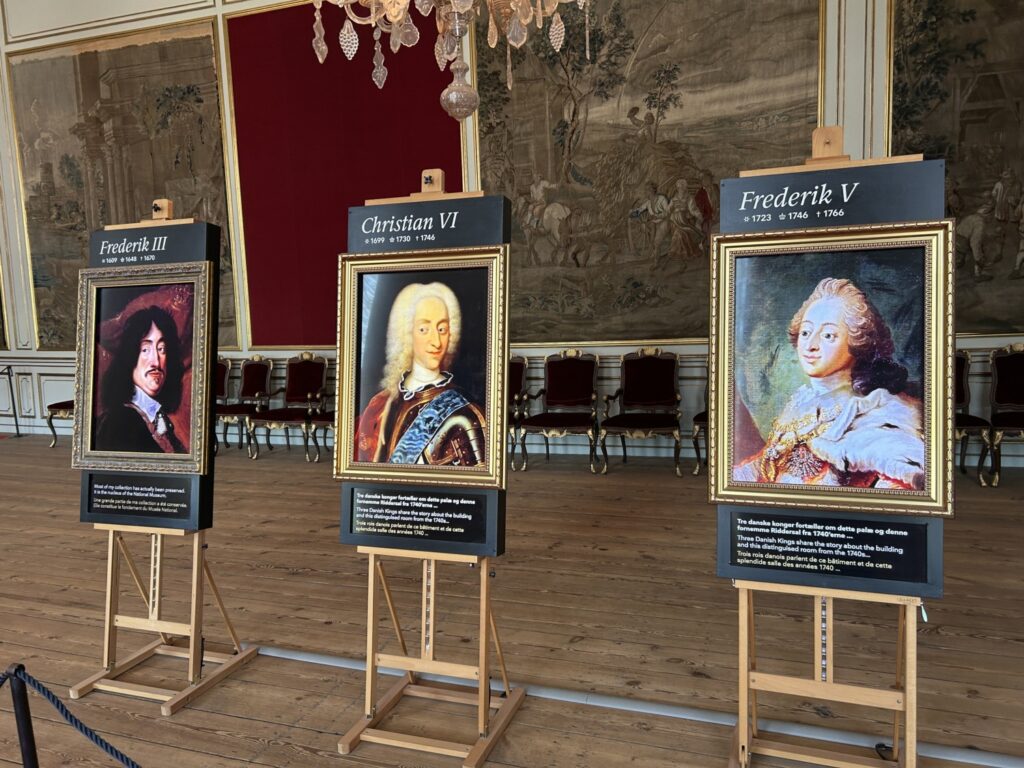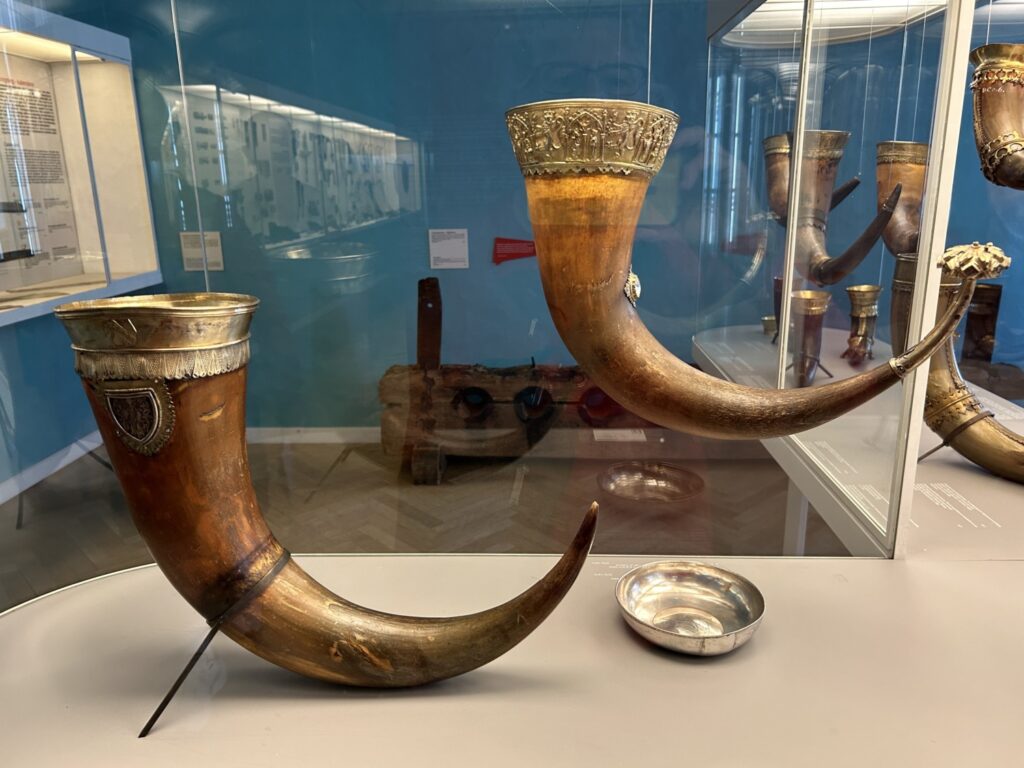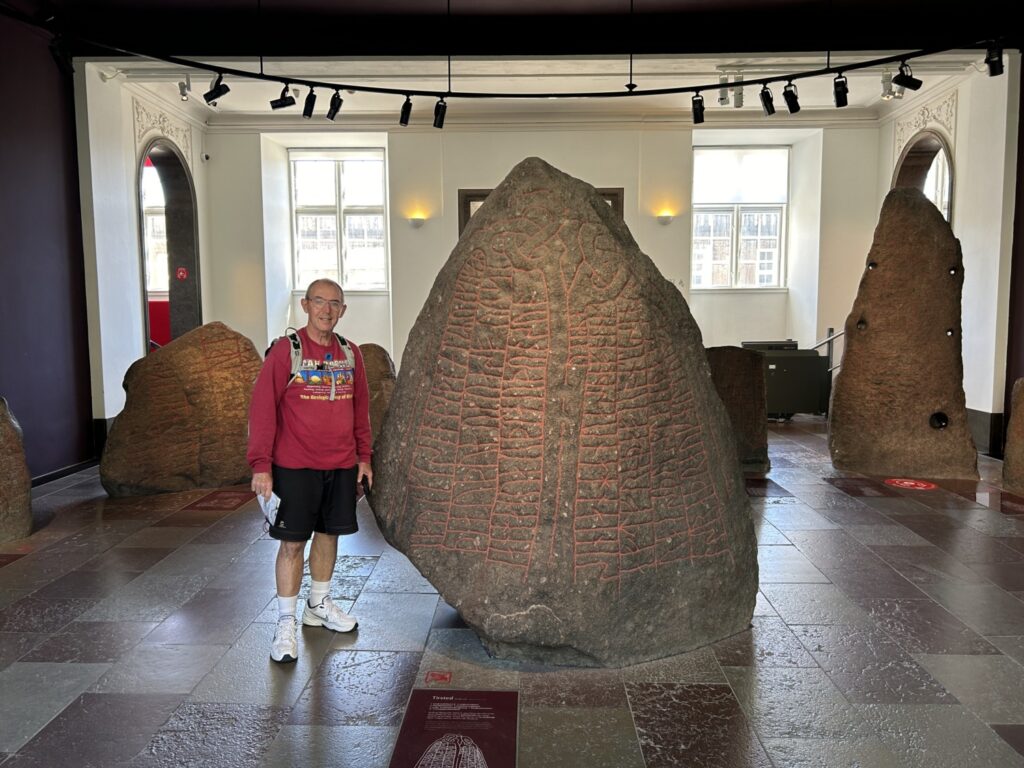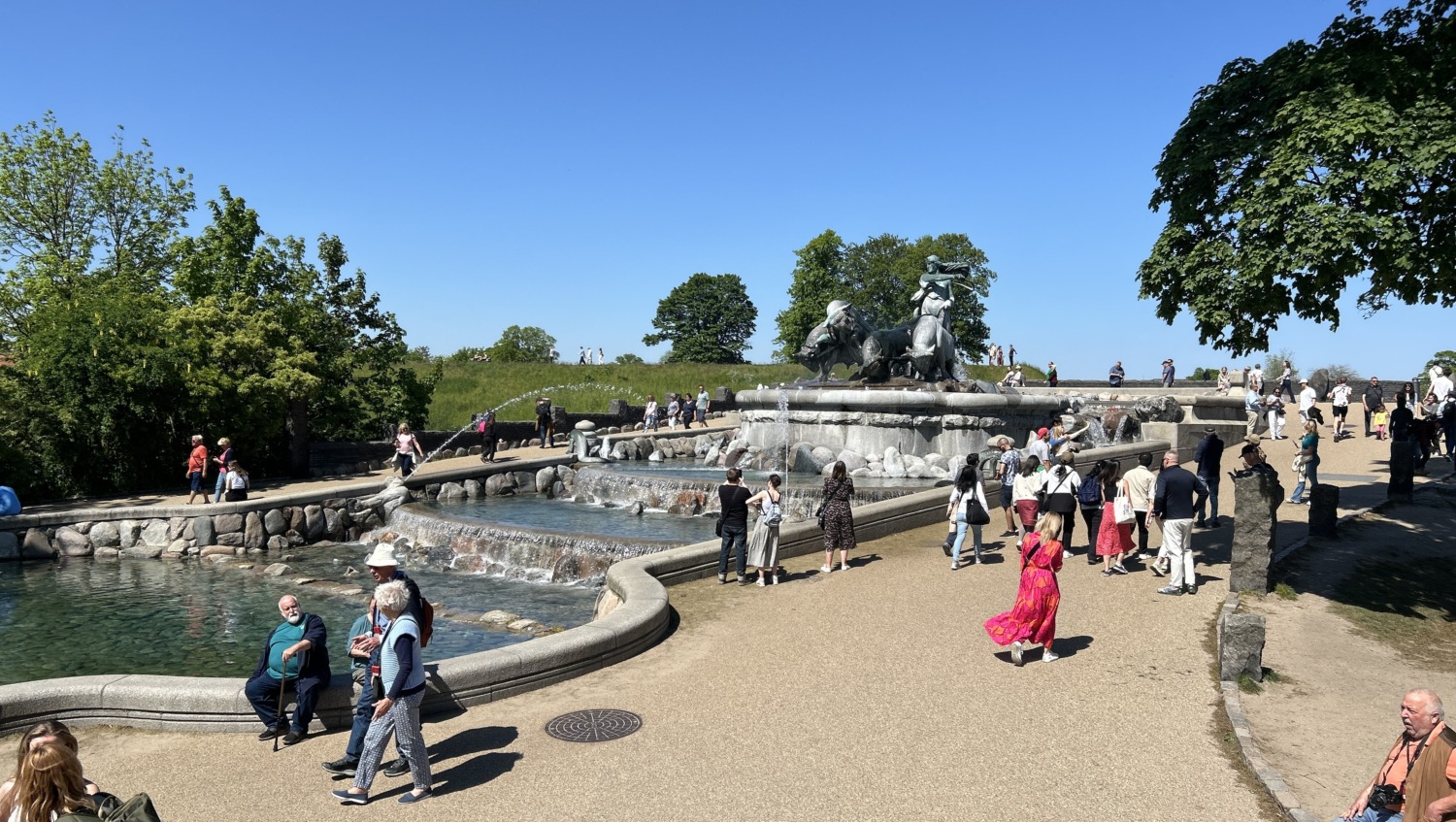Copenhagen, Denmark, was the last Scandinavian country capital that we visited. That is, if you count Norway, Denmark, Sweden, and Finland as the Scandinavian countries. There is some confusion about how many Scandinavian countries there are, you may recall.
Copenhagen is the capital and most populous city of Denmark, with 1.4 million people in the urban area. Originally a fishing village, Copenhagen grew rapidly and became the capital of Denmark in the early 15th century. The city served as the capital of the Kalmar Union, which united Denmark, Sweden and Norway from 1397 to 1523. The city flourished as the cultural and economic center of Scandinavia during the Renaissance.
Many of the kings of Denmark-Norway added to the magnificence and prestige of Copenhagen. Christian IV, king of Denmark from 1588 to 1648, built many of the buildings that adorn Copenhagen. Some of them include Rosenborg Castle, Nyboder, and Holmen Church. In addition, Christian converted Frederiksborg Castle to a Renaissance palace and completely rebuilt Kronborg Castle to a fortress.
After a plague and fires in the 1600’s, King Frederick V continued the building program. He developed the prestigious district of Frederiksstaden. In addition, he established cultural institutions such as the Royal Theatre and the Royal Academy of Fine Arts.
Since the turn of the 21st century, Copenhagen has seen strong urban and cultural development, facilitated by investment in its institutions and infrastructure. The city is trying to be the first capital city in the world that is carbon neutral. Toward this end, they have green spaces all over the city and added 250 km of bike roads. There are five bicycles for ever four people in Copenhagen. The day we were there we saw people biking everywhere. I even spotted my first two-story bike parking area. The city gets most of its energy from renewable resources.
Tom and I only had six hours in Copenhagen, so we were ruthless in what we decided to see. The most important thing, to us, was the National Museum of Denmark. But we also wanted to see some of the city beyond the one building. In order to do that, we bought tickets on the Hop-On, Hop-Off Bus. By doing this, we were at least able to see all the places we had researched and read about. An advantage was that the bus had a combo ticket with the National Museum.
We spent about two hours on the bus, total, but we got to see most of the city and hear the history on the tour. The bus picked us up right outside the cruise ship. We saw Rosenborg Castle, the National Art Gallery, City Hall, Tivoli Gardens and then got off at the Museum stop.
The National Museum of Denmark is huge! The sprawling building has four stories of exhibits from prehistory to contemporary. Fortunately, they divide everything up into smaller rooms with various themes. It’s like eating a huge cake, but one bite at a time. Each room is numbered so you can keep track of where you have been and how far you need to go. It took us an hour to get through rooms 1-25, Danish prehistory, even though we went much faster than we would have liked.
We took another hour to walk through the Danish Middle Ages and Renaissance. Tom and I moved quickly through The King’s Curiosities and Voices from the Colonies. Then we stopped for a quick lunch in the museum cafe. We wanted to try Smørrebrød, which is a traditional Danish open-faced sandwich. But, in order to eat that we had to sit down an order in the restaurant. No time! So we settled for a Polsehorn, a Danish sausage roll served cold.
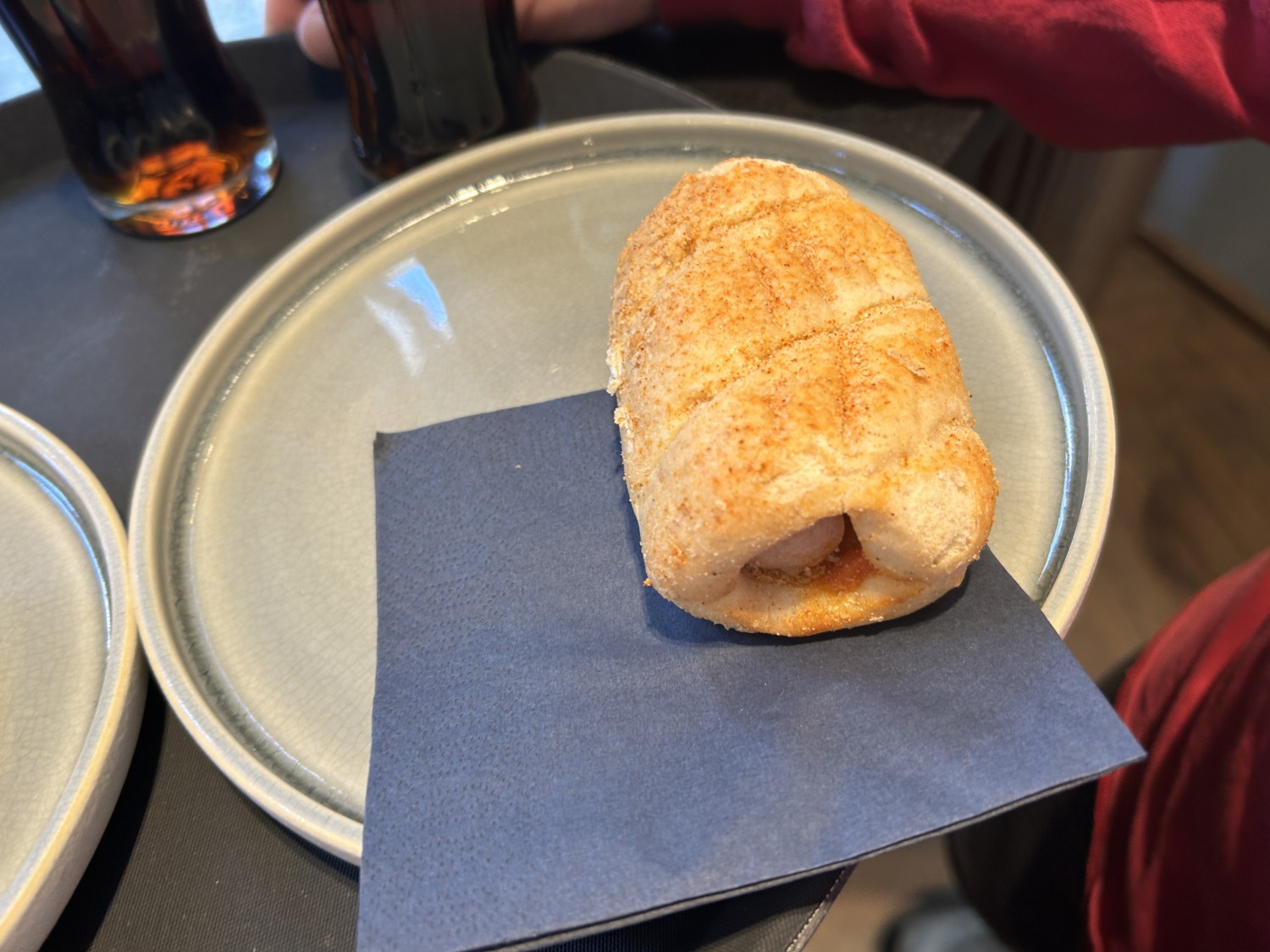
After looking over the map of the museum, Tom and I decided that we needed to head back to the bus. Also, this was our last day in Denmark and I didn’t have my spoon yet! So we reluctantly left the museum and headed for Strøget, the pedestrian shopping area of Copenhagen. We had been assured that the street had plenty of souvenir shops.

Strøget was a tourist’s dream. Every fifth shop was a souvenir shop. Every other shop was some kind of place to eat. If we had realized we were leaving the museum right after lunch, we would have waited for food until we got to Strøget. The street was packed with people all enjoying a beautiful Saturday afternoon. I found my spoon and we walked just a little way to soak up the atmosphere. Then we booked it across a square to our bus stop.
Back on the bus, we passed Kalvebod Waves, where Copenhagers enjoy the water. We saw the canals of the city and passed Christianshavn Square and Christiania Freetown. Gazing out from the bus, we viewed the picturesque houses of Nyhavn and saw Amalienborg Palace. Finally we got off the bus at the Little Mermaid Statue.
You might think that we got off the bus there because we wanted to see the statue. No, indeed. Stand in a long line to take a picture or get my picture taken with a small statue? No thank you. Not the way I tourist. We got off the bus to get on a shuttle that would take us back to our ship. We made it back with about 15 minutes to spare before the all-aboard time.
Copenhagen is an amazing and beautiful city. We would have loved to explore more and take a castle tour or two. We needed several more hours just to do the National Museum justice. But, as we keep reminding ourselves, cruise ports are an appetizer, not a meal. We never have enough time to see everything.



